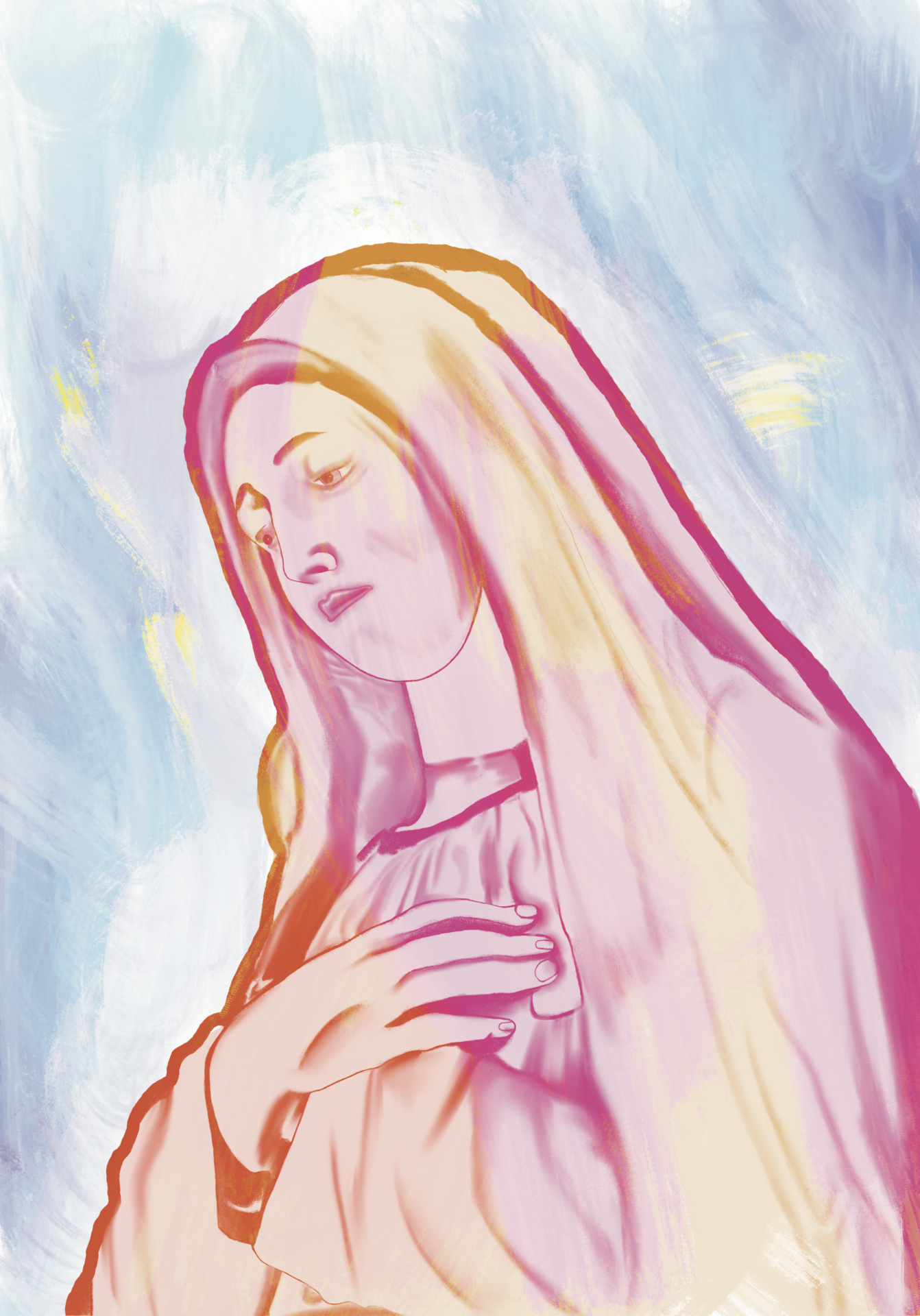The Virgin Mary, an enduring symbol of grace and maternal love, occupies a central place in the hearts of countless believers worldwide. Revered in various religious traditions, she is perhaps most prominently recognized as the mother of Jesus Christ in Christianity.
Mary’s narrative is one of humility and devotion. In Christian scriptures, she is portrayed as a young woman chosen for the extraordinary role of giving birth to the Savior. Her story is woven with threads of faith, as she embraces the divine calling with a profound sense of acceptance and trust.
Often depicted in art with a serene countenance and draped in hues of blue and white, Mary embodies purity and compassion. Her presence transcends religious boundaries, captivating the imaginations of artists, poets, and believers across cultures.
The Annunciation, a pivotal moment in the Christian narrative, symbolizes Mary’s pivotal role. It is in this sacred instance that the angel Gabriel imparts the divine message of her impending motherhood. Mary’s response, “Let it be done to me according to your word,” encapsulates her unwavering faith and submission to a higher purpose.
Through centuries, Mary has been a source of solace for those in need, a beacon of hope for the weary, and a symbol of maternal love that transcends earthly understanding. Pilgrims flock to Marian shrines, seeking comfort and intercession, while the echoes of “Ave Maria” resound in cathedrals, a timeless tribute to her enduring legacy.
Beyond religious veneration, Mary’s story resonates as a testament to the strength found in humility and the transformative power of faith. Whether through the intricate strokes of an artist’s brush, the heartfelt prayers of the faithful, or the timeless hymns sung in her honor, the Virgin Mary remains a profound and enduring figure, weaving a tapestry of love and grace that spans the ages.
